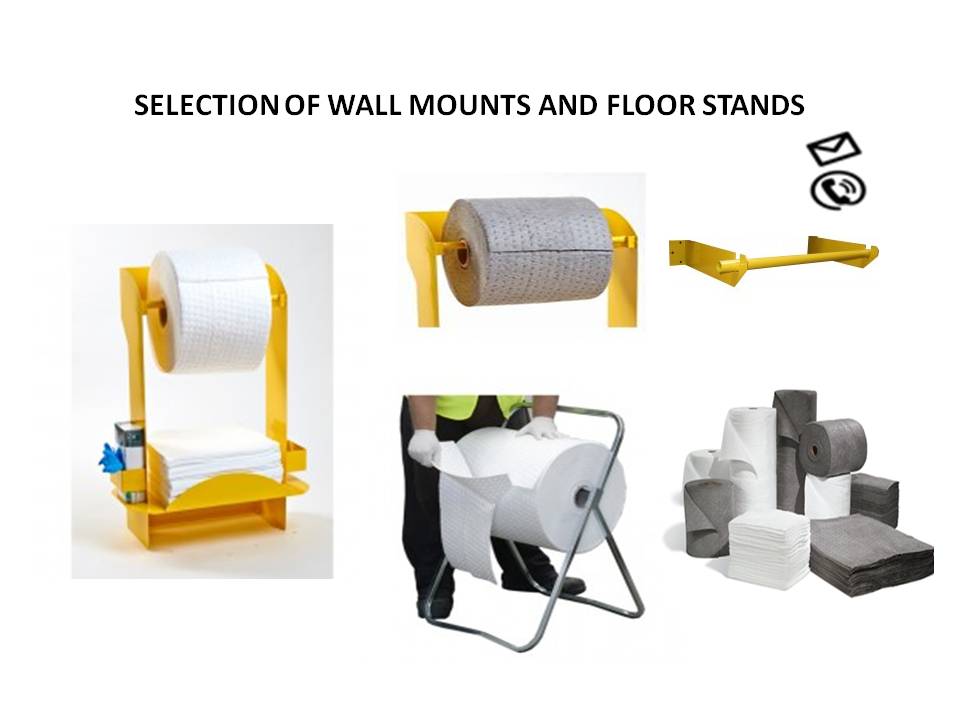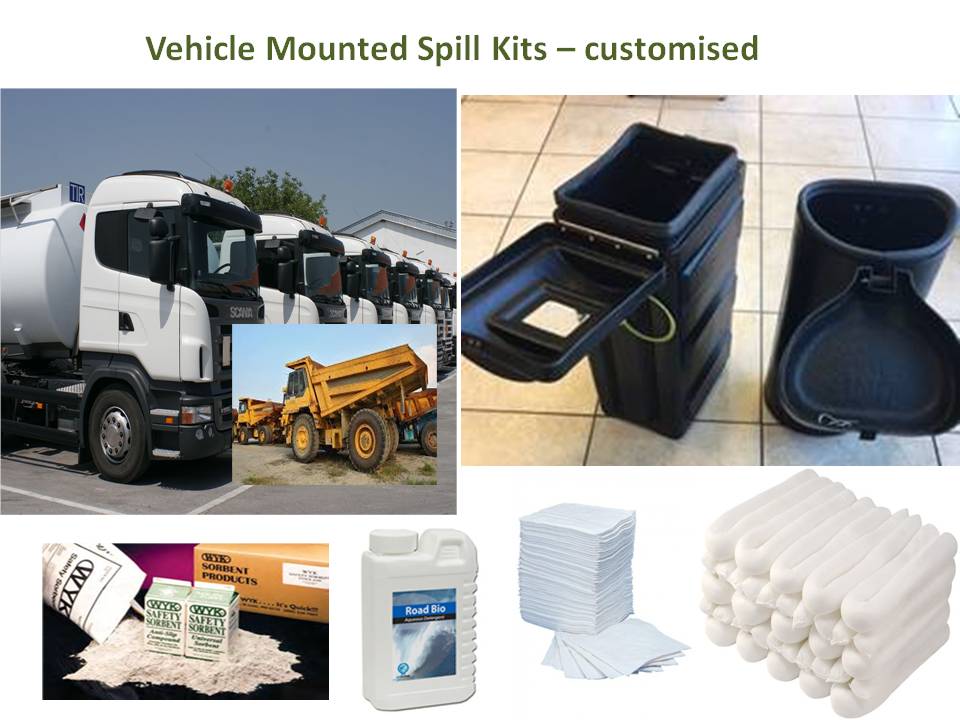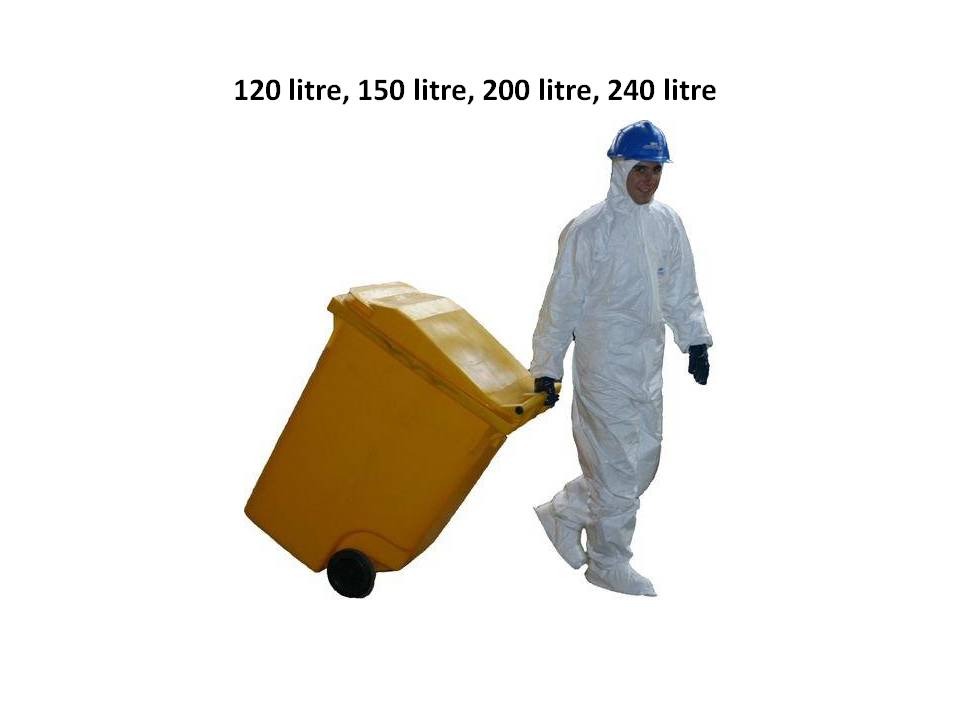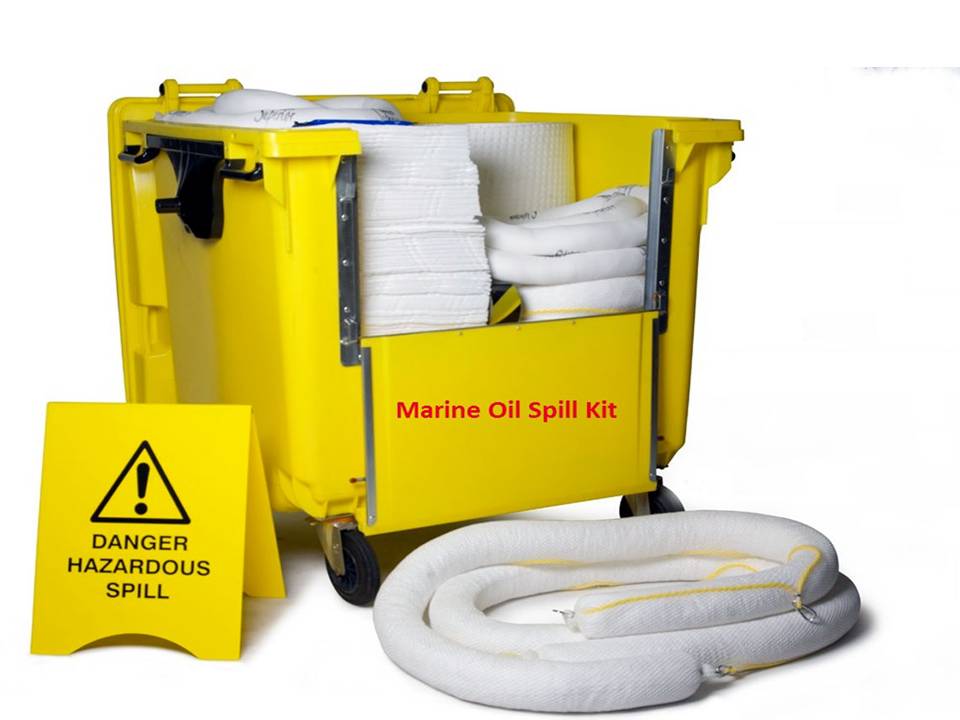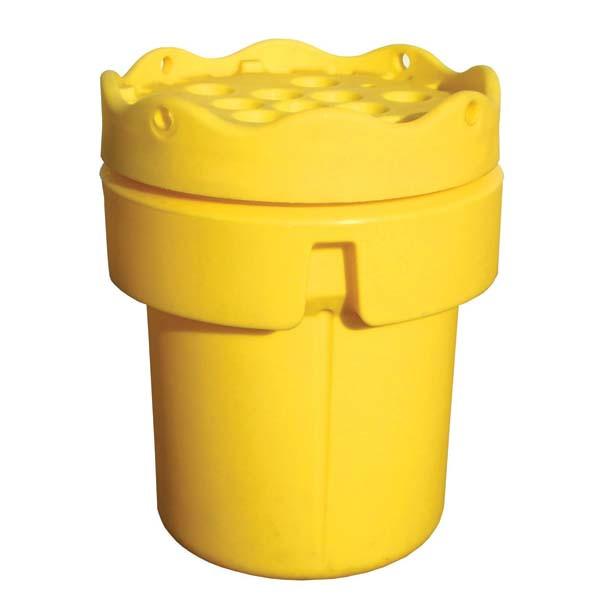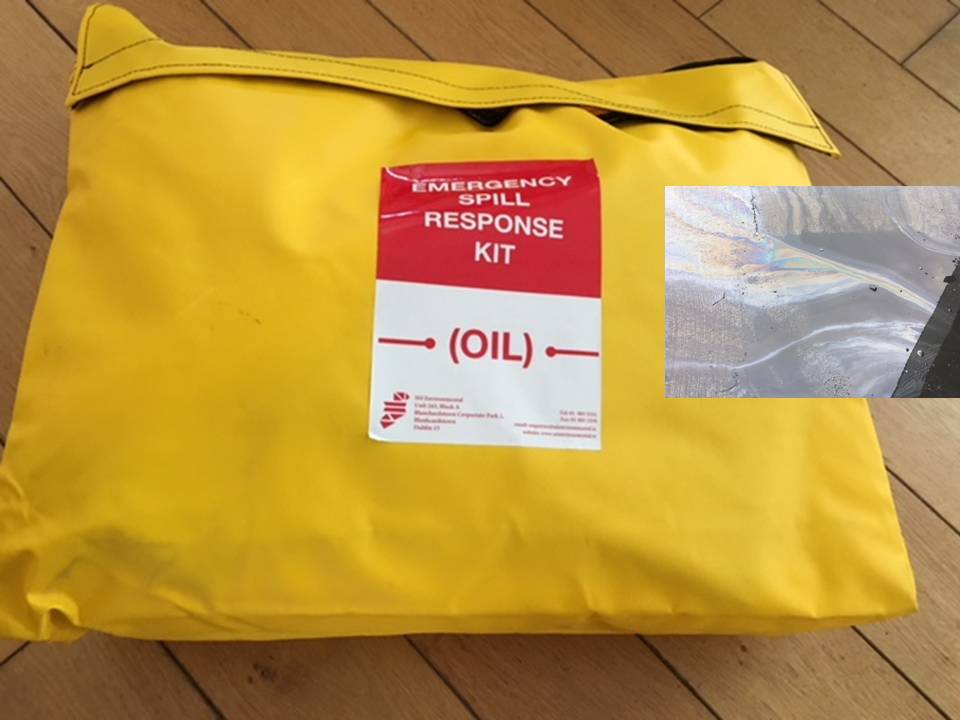SSI Environmental design and provide a wide range of Spill Kits that are relevant to site specifics. By contacting us we will endeavour to meet the requirements that best address what you are look to achieve. Consideration will be given to details provided in relation to materials on site – Oils & Chemicals and their hazard levels.
ENVIRONMENTAL SPILL CONTROL TERMS
What is a spill control kit?
This is an essential component of any spill response plan. Having spill kits (supplies) on hand in areas where hazardous materials are used is good practice. Consideration given to the design of a spill kit will pay dividends especially when personnel are briefed on how to use them.
Spill containment is where spills of chemicals, oils, sewage etc. are contained within a barrier or drainage system rather than being allowed to escape off site thus causing external contamination issues. The use of spill kits and drain blockers are components in dealing with containment of spills.
Clean up a chemical spill? – Steps to be taken – If save to do so?
1. Prevent & contain the spread of liquids, dusts and vapours.
2. Neutralize acids and bases where necessary, if possible.
3. Control the spread of the contaminant – liquid ect.
4. Absorb the liquid using the relevant spill kit materials
5. Collect and contain the cleanup residues.
6. Dispose correctly of the waste materials.
7. Decontaminate the area and affected equipment.
Always use the recommended PPE
Hazardous Materials – What makes something hazardous?
A hazardous material is any item or agent (biological, chemical, radiological, and/or physical), which has the potential to cause harm to humans, animals, or the environment, either by itself or through interaction with other factors.
What do you use to clean up a chemical spill?
Wear personal protective equipment including safety goggles, gloves, and a long-sleeved lab coat during cleanup. Confine the spill to a small area. Use a commercial kit or absorbent material from your spill kit to absorb spilled materials. Place the saturated absorbent in a plastic bag.
The classes of hazardous materials?
Class 1: Explosives.
Class 2: Gases.
Class 3: Flammable and Combustible Liquids.
Class 4: Flammable Solids.
Class 5: Oxidizing Substances, Organic Peroxides.
Class 6: Toxic Substances and Infectious Substances.
Class 7: Radioactive Materials.
Class 8: Corrosives.
F.A.Q.
Question 1.
Q.: What are spill kits, and why are they important?
A.: Spill kits are essential for managing hazardous material spills, such as chemicals and oils. They help contain and clean up spills quickly, reducing environmental impact and health risks.
Question 2.
Q.: What types of spill kits does SSI Environmental offer?
A.: SSI Environmental provides oil spill kits, chemical spill kits, and universal spill kits. Each type is designed for specific spills, with materials tailored to the nature of the spill.
Question 3.
Q.: How should a spill kit be used during a spill?
A.: Wear PPE, contain the spill with barriers or absorbents, absorb the liquid, collect the waste, and dispose of it properly. Always follow the kit’s instructions for best results.
Question 4.
Q.: What are the main components of a spill kit?
A.: Key components include absorbents (pads, rolls, socks), containment materials (barriers, drain covers), PPE (gloves, goggles), and disposal bags.
Question 5.
Q.: What are the spill kit regulations in Ireland?
A.: Businesses must have spill kits for hazardous materials, ensure they are appropriate for the substances handled, and provide training on their use. Regular maintenance and adherence to local regulations are required.
To enquire about this product – call us on 01 8855555 / 087-9367065 or contact us here

